Introduction to Chess Openings
Chess openings are the first phase of a chess game, comprising the initial moves made by both players. The choice of opening can significantly influence the subsequent phases of the game — middlegame and endgame. Openings are primarily categorized based on the pawn structures and piece placement they aim to achieve. Understanding common strategies in popular openings can provide players with a robust foundation, not only to improve their opening repertoire but also to build effective game plans.
Understanding the Goals of Chess Openings
Before diving into specific openings, it's crucial to understand the primary goals behind the moves in the opening phase. These include controlling the center, developing pieces to effective squares, safeguarding the king (often through castling), and maintaining a solid pawn structure. Each opening varies in how it achieves these goals, leading to diverse strategies and styles of play.
Popular Chess Opening Families
Chess openings can broadly be categorized into several families based on the initial pawn moves. Each of these families includes several variations and sub-systems, allowing players to choose lines that best suit their play style.
The King's Pawn Openings (1.e4)
This type of opening is characterized by the move 1.e4. It is known for leading to open games, with ample opportunities for both sides to attack. Famous openings in this category include the Ruy Lopez, the Italian Game, and the Sicilian Defense—each with its own distinct strategies.
- Ruy Lopez: Focuses on piece development and control of the center, particularly the e5 pawn and the c6 square.
- Italian Game: Aims for rapid development and control of the center, with opportunities for early tactical plays.
- Sicilian Defense: A counter-attacking opening from Black, aiming to control the d4 square and create an imbalance by deviating from symmetrical pawn structures.
The Queen's Pawn Openings (1.d4)
Starting with 1.d4 leads to a more closed and strategic style of play compared to 1.e4. The King's Indian Defense, Nimzo-Indian, and the Queen's Gambit are popular within this family.
- Queen's Gambit: Centralizes on solid control of the center and offers multiple developmental options for both sides.
- Nimzo-Indian: Black immediately challenges White's pawn center while developing the bishop to a strong diagonal.
- King's Indian Defense: Allows White to control the center initially, while Black prepares for a strong counterattack.
The English Opening (1.c4)
The English Opening, initiating with 1.c4, aims for control of the center from a flank position, which leads to asymmetrical pawn structures and complex strategies.
Identifying Strategic Themes in Openings
Each opening has inherent strategic themes and typical pawn structures that guide the middlegame strategies. For instance, pawn structures can dictate potential plans and weaknesses in both camps. Understanding these can allow players to execute or combat these strategies effectively.
Key Strategic Plans
Strategies might involve leveraging structural weaknesses like isolated pawns, attacking kingside weaknesses, or controlling key squares and diagonals. Also, thematic moves or typical tactical motifs such as pawn breaks or undermining maneuvers are recurrent in certain openings.
Adapting to Opponent's Plans
A proficient understanding of common opening strategies also involves recognizing and countering your opponent’s plans. Adjusting your strategy based on your opponent's setup is crucial in transitioning advantageously into the middlegame.
Conclusion
Exploring and studying chess openings not only enhances a player's early game but also deepens their overall understanding of chess strategy. While mastering openings can seem daunting due to the vast array of possibilities, focusing on common strategic themes and goals can make learning openings more manageable and applicable across multiple games.
Explore our large collection of luxurious chess sets!


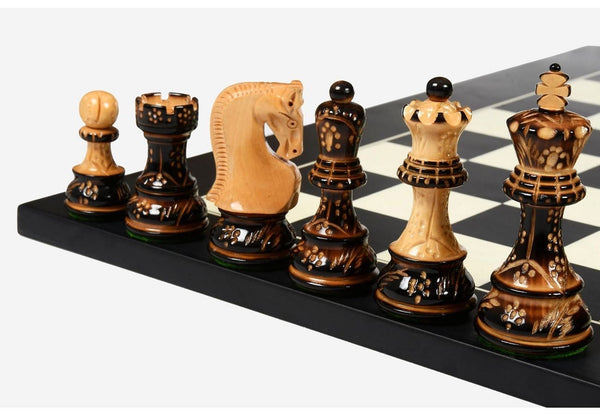

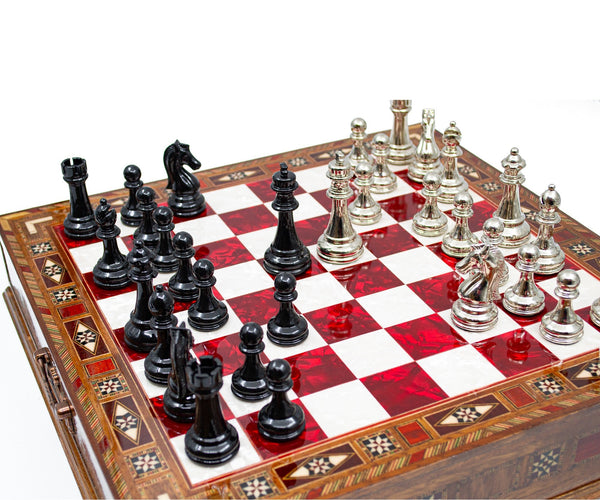
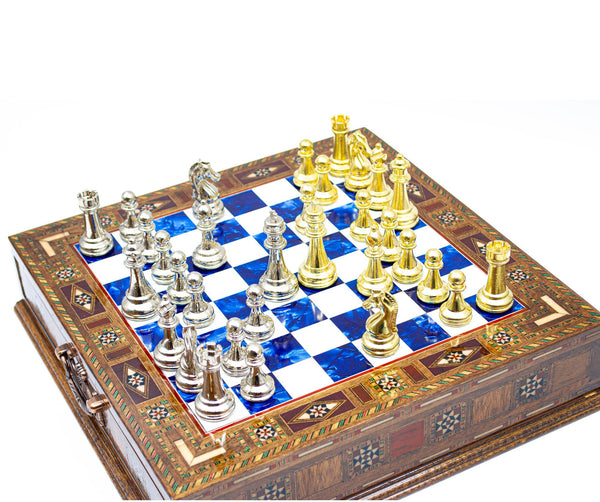
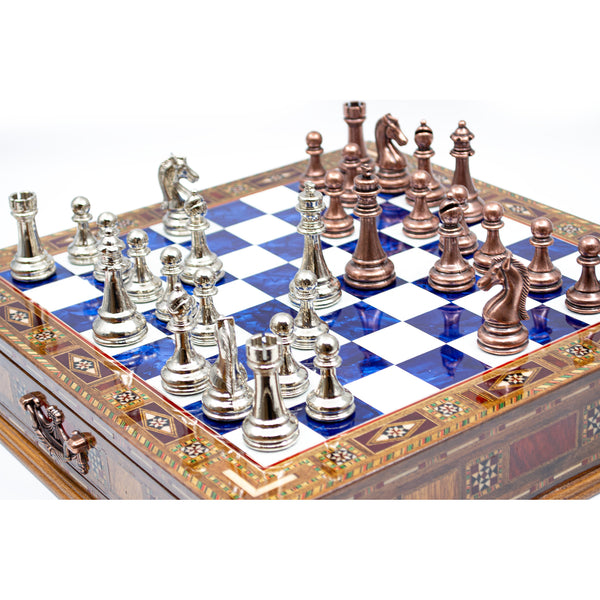










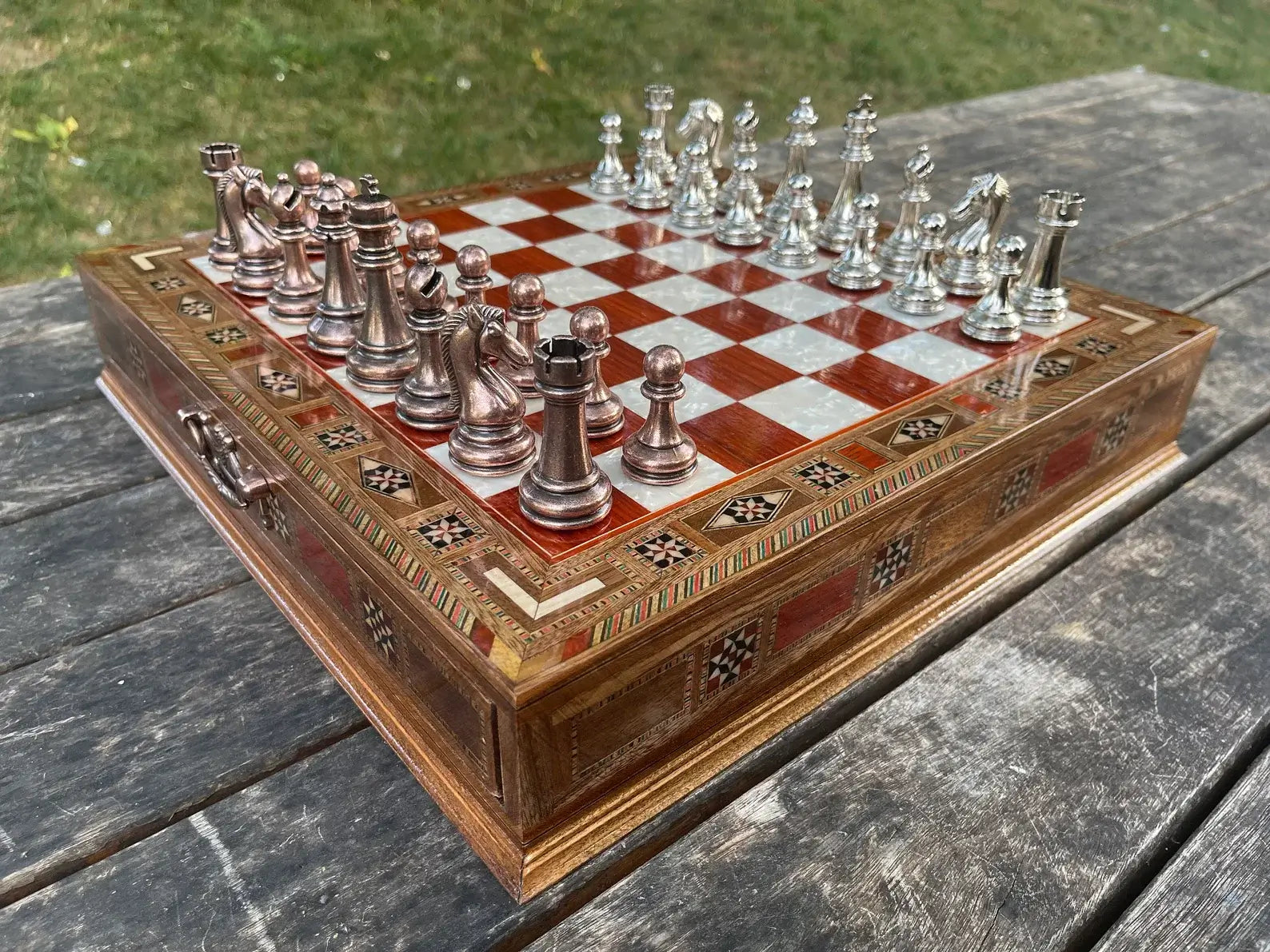
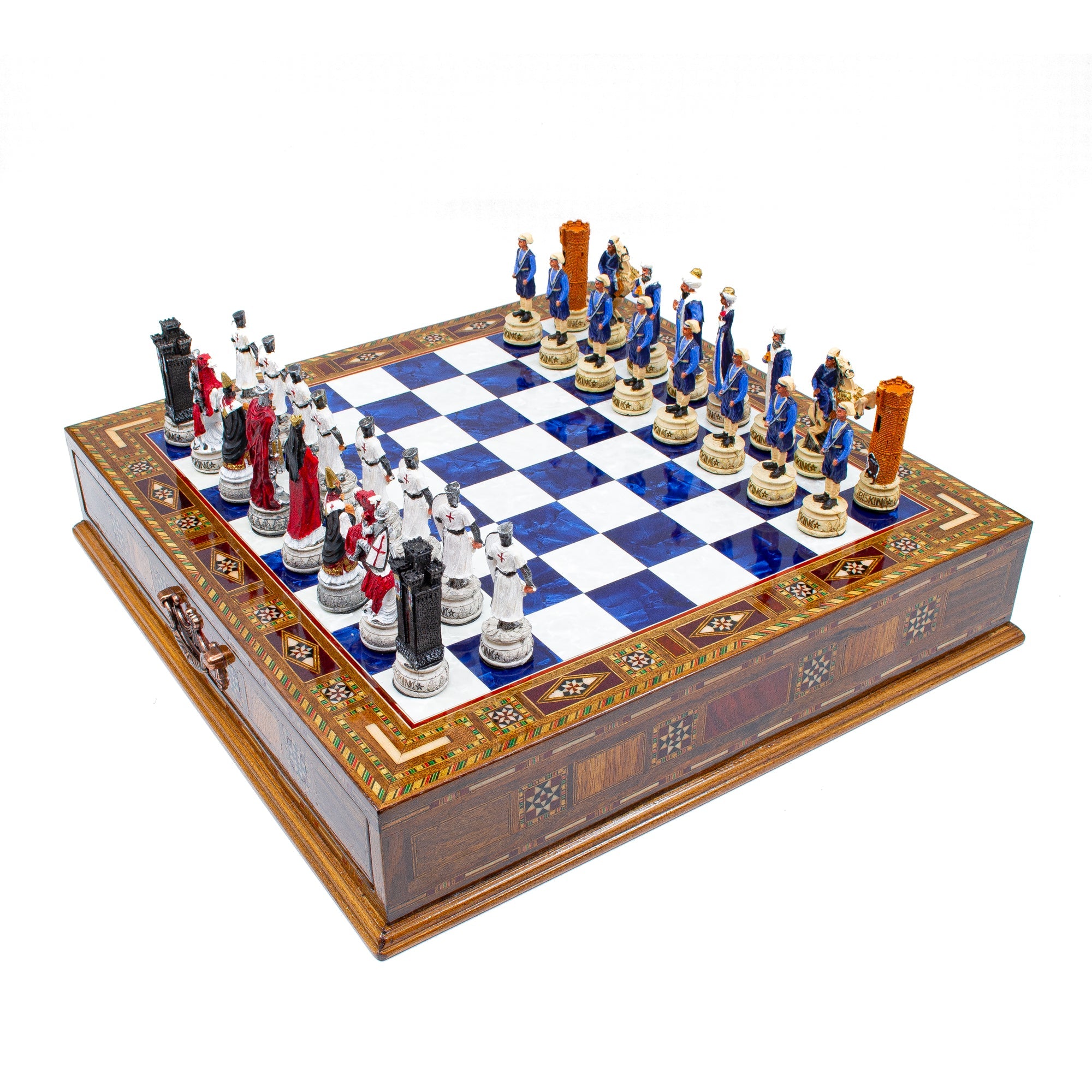

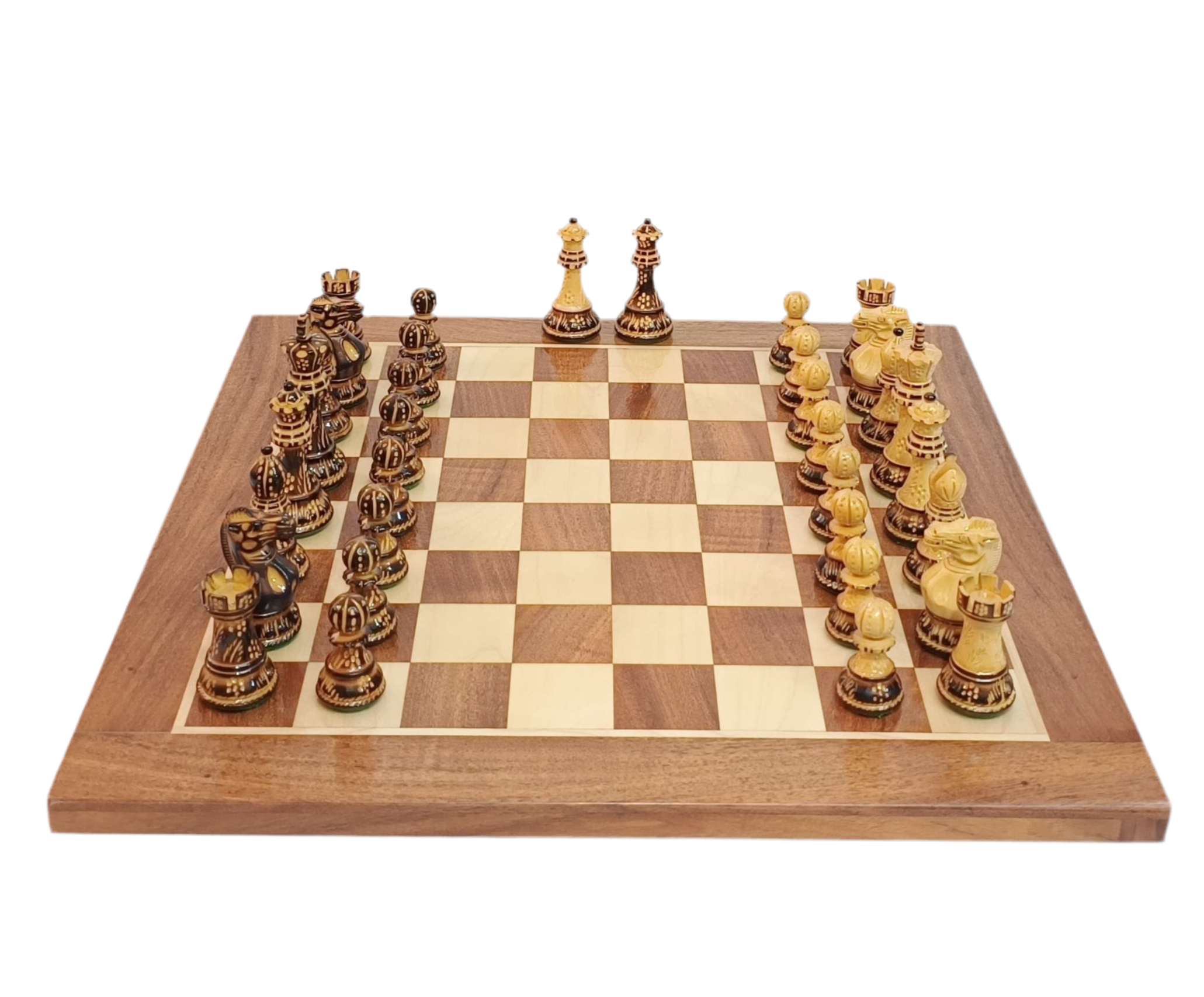
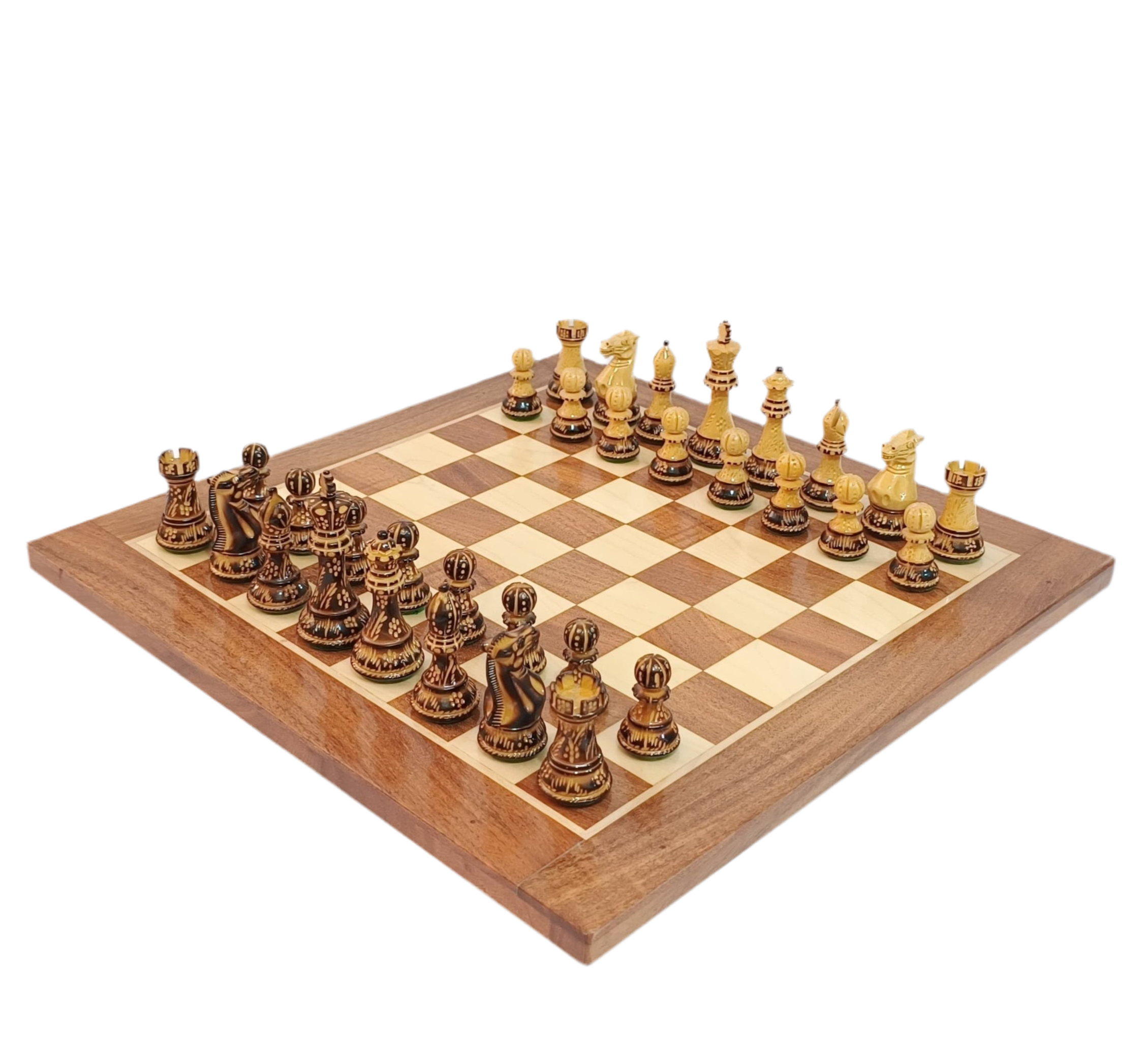

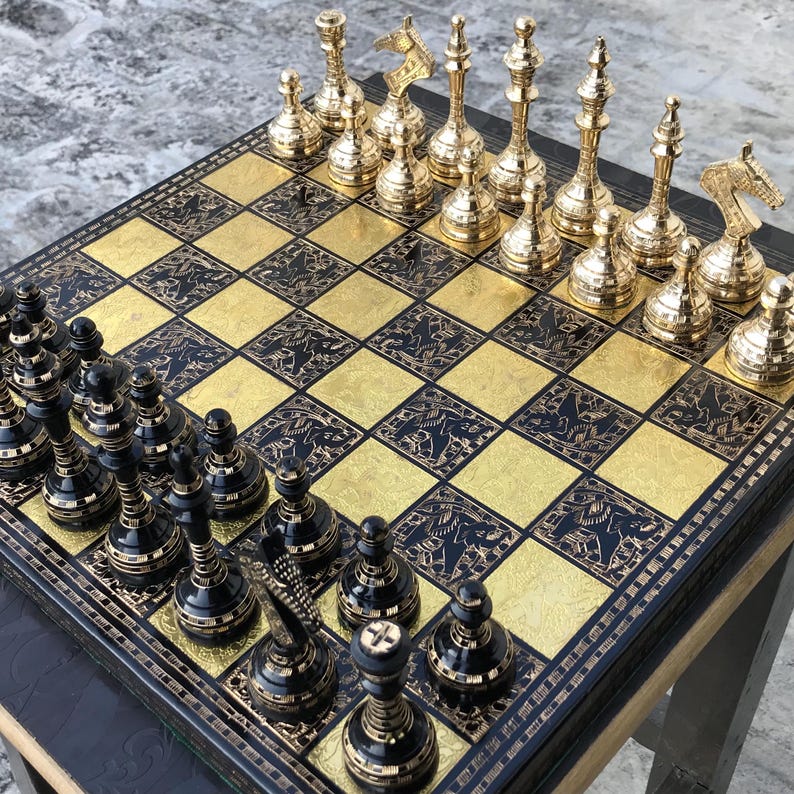



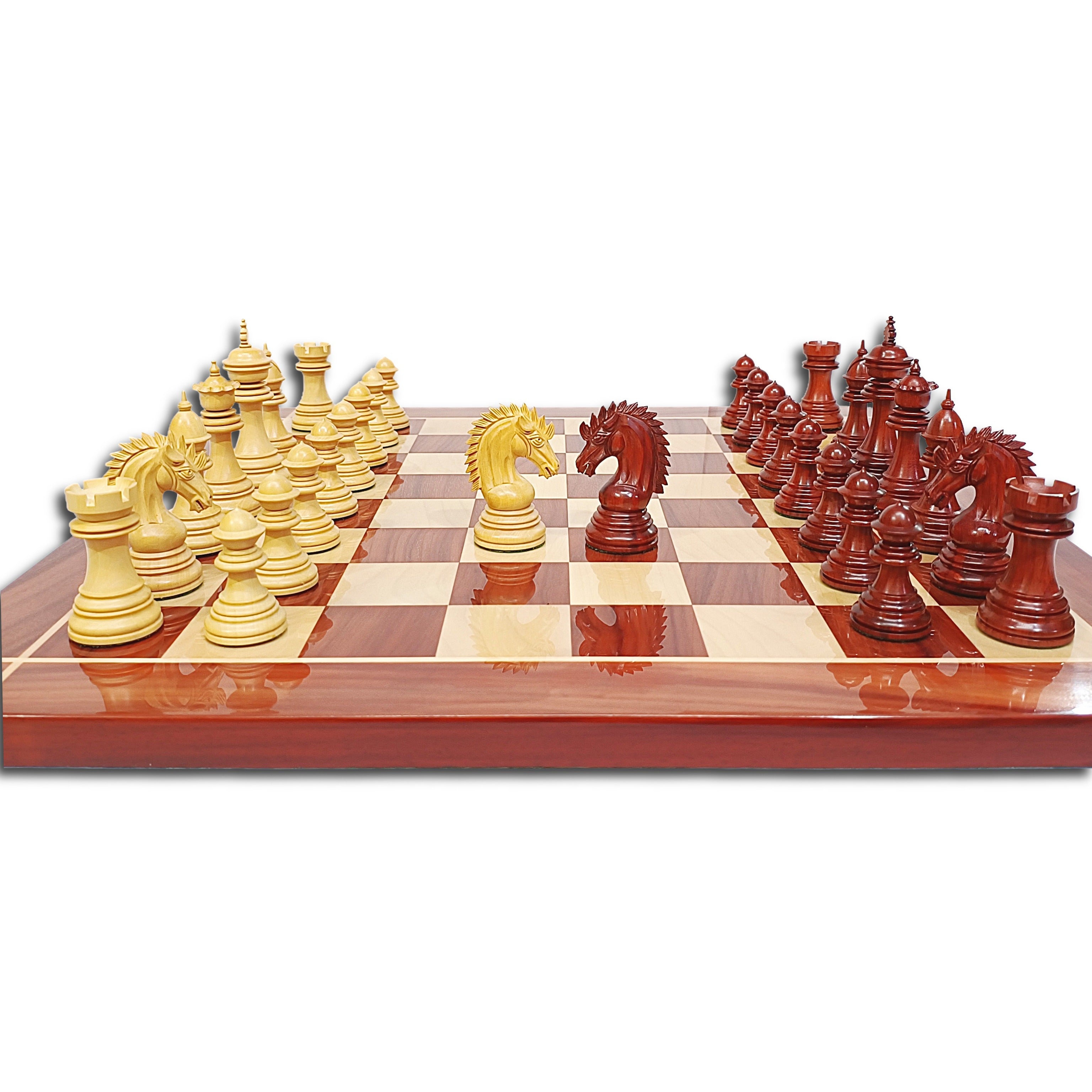





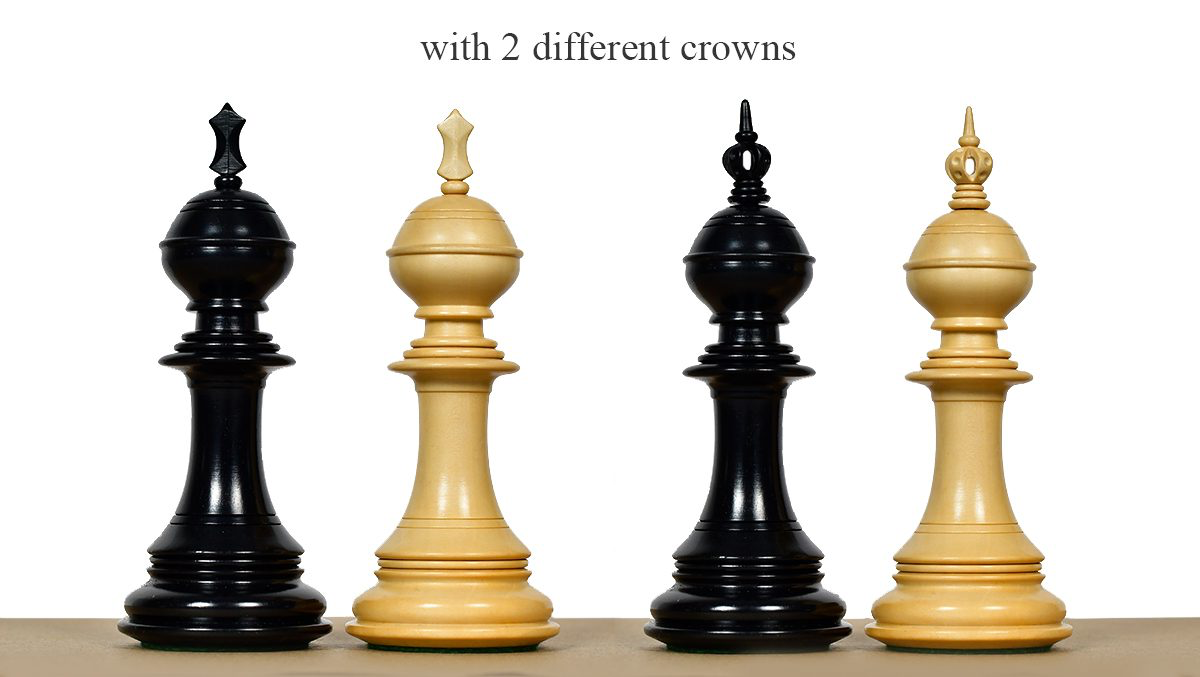





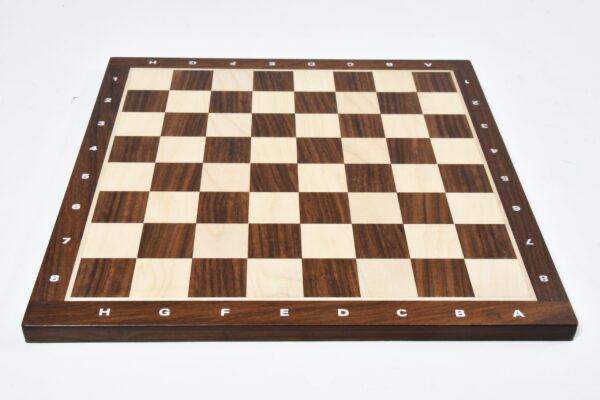




Leave a comment
All comments are moderated before being published.
This site is protected by hCaptcha and the hCaptcha Privacy Policy and Terms of Service apply.